Pablo Palazuelo, 'Untitled [Project for Bankinter]', 1976. © Pablo Palazuelo Foundation, 2023.
During the fifties and sixties of the 20th century —a golden age, of course, of Spanish art— Pablo Palazuelo was someone who was there and not there at the same time.
When the Civil War broke out, he interrupted his architecture studies at Oxford and, back in Spain, he decided on painting.
After making, in 1948 and like others, his presentation as an abstract artist at the Buchholz gallery in Madrid, he settled in Paris.
He came and went.
Being near and far helped to forge the legend of him.
He was signed by the Maeght Gallery and exhibited periodically in Pittsburgh, at the Carnegie Institute.
Even so, the mysterious air, of a magician or alchemist, that always surrounded Palazuelo owed much more to his own works and the way in which he knew —like no one else— to present them under the suggestion of runes or arcana of some lost wisdom. .
When he finally returned to Spain, the artistic, social and also governmental implantation of abstract art was already fully established.
The projection of Spanish artists abroad by Luis González Robles, the museum efforts and agglutinators of José Luis Fernández del Amo or the patronage of Huarte were decisive supports.
The new abstract art invoked the purity of an origin prior to art and culture, which manifested itself in many forms.
The popular architecture served as inspiration for the colonization towns;
the Church put in the hands of architects such as Fisac or Sáenz de Oiza the construction of new temples in which the religious was no longer a theme for art, but a formal revelation of "the unknown" or "inner vision", as frequent in Palazuelo's writings.
No artist gave wings like him to that aesthetic spiritualism.
In front of the informalist magma, although next to it, his path towards the mystery was indicated by number and geometry.
There were other geometric artists, but his references to Kandinsky, Malevich or Klee (a determining artist of the art of the time) and his heterodox readings of Henry Corbin or Matila Ghyka crystallized in his works as unmistakable cryptographies.
'Flame-of-love-live', 2021, by Javier Victorero.
To all this was added something substantial: the dramatic effects borrowed from the architectural language.
The exceptional exhibition that is presented in the rooms of the ICO Museum, in Madrid, has its origin in the thesis of Gonzalo Sotelo-Calvillo and in the cataloging of the architectural collections of the Pablo Palazuelo Foundation, carried out by Teresa Raventós-Viñas and for himself.
Like the vehement priests of the first avant-garde —I am thinking of Mondrian, Jacques Villon or the rhythms of Robert Delaunay—, Palazuelo managed to evoke with these elements the idea of an ancestral and future order at the same time, an absolute that painting kept in mind. encrypted state, but that architecture could finally materialize on mortal earth.
The graphic language of that discipline provided him with unbeatable rhetorical tools with which to produce that suggestion of being before a truth kept secret.
He used it with a calculated ambiguity, between the preparatory condition of the workshop papers and the definitive work.
One of the investigations of these funds concludes in the reconstruction of a creative system that Palazuelo resorted to on occasions —“methodology”, the curators call it professionally—.
It consisted of superimposing the translucent and cerulean vegetable papers of the architectural sketches to produce the dynamic sensation of a construction in constant metamorphosis, a bit as it would (ideally) occur in a cartoon and as it occurs, in fact, in nature, another
topos
of The time.
The exhibition helps us to understand the profile of the artist of certain neo-avant-garde movements of the fifties as that of a designer whose work, as well as that of his grandparents, consisted of an approach of permanently postponed realization, without ever materializing (and, so many times , Thank God).
We see Palazuelo's footprint in 12 of his most relevant architectural interventions.
For example, in the building for the parliamentary groups of the Congress of Deputies (1984);
Rafael Moneo's Bankinter (1975);
the National Auditorium, by García de Paredes (1987), or the Barcelona Auditorium (1998).
Palazuelo superimposed the vegetable papers of the sketches to produce a sensation of constant metamorphosis
The exhibition also invites us to think about what has changed not only our sensibility (still capable of accessing emotion through Palazuelo's geometries and those of numerous current artists), but our sense of time.
We live in a very different time;
the story no longer moves towards a realization, it has no plot.
Even so, some veterans of the dream of the lines remain active, such as José María Yturralde, Julián Gil or Monika Buch.
But all programmatic absolutes have been disabled.
In addition, the exclusive relationship between geometry and painting must count today with the inflation, and the efficiency, of virtual images.
Nevertheless, something of Palazuelo's apophatic and analogical spirituality is retained in the paintings of Javier Victorero, which are exhibited to this day in Puxagallery (Madrid),
and his rectilinear eloquence in those of Emilio Gañán.
The constructive idea flutters over some artists who work in the Nave Porto, such as Irma Álvarez-Laviada, Sonia Navarro, FOD and Manuel Saro.
The Encant gallery, in Mahón;
Pep Llabrés, in Palma, or Ana Mas Projects, in Barcelona, have paid recent attention to geometry.
To names like Lola Berenguer, Regina Giménez, Carmen Ortíz Blanco, Arantxa Etxeberria or Robert Ferrer, we must add the presence in Spain of foreign artists, such as the classic Imi Knoebel (currently at Ehrhardt Flórez, also in Madrid), the Nordics Carsten Beck and Birte Horn, the Uruguayans Martín Pelenur and Guillermo García Cruz or the Argentinian Mariela Scafati... Like Voltaire's, the garden they cultivate is private.
They are more gardeners than priests.
The constructive idea flutters over some artists who work in the Nave Porto, such as Irma Álvarez-Laviada, Sonia Navarro, FOD and Manuel Saro.
The Encant gallery, in Mahón;
Pep Llabrés, in Palma, or Ana Mas Projects, in Barcelona, have paid recent attention to geometry.
To names like Lola Berenguer, Regina Giménez, Carmen Ortíz Blanco, Arantxa Etxeberria or Robert Ferrer, we must add the presence in Spain of foreign artists, such as the classic Imi Knoebel (currently at Ehrhardt Flórez, also in Madrid), the Nordics Carsten Beck and Birte Horn, the Uruguayans Martín Pelenur and Guillermo García Cruz or the Argentinian Mariela Scafati... Like Voltaire's, the garden they cultivate is private.
They are more gardeners than priests.
The constructive idea flutters over some artists who work in the Nave Porto, such as Irma Álvarez-Laviada, Sonia Navarro, FOD and Manuel Saro.
The Encant gallery, in Mahón;
Pep Llabrés, in Palma, or Ana Mas Projects, in Barcelona, have paid recent attention to geometry.
To names like Lola Berenguer, Regina Giménez, Carmen Ortíz Blanco, Arantxa Etxeberria or Robert Ferrer, we must add the presence in Spain of foreign artists, such as the classic Imi Knoebel (currently at Ehrhardt Flórez, also in Madrid), the Nordics Carsten Beck and Birte Horn, the Uruguayans Martín Pelenur and Guillermo García Cruz or the Argentinian Mariela Scafati... Like Voltaire's, the garden they cultivate is private.
They are more gardeners than priests.
The Encant gallery, in Mahón;
Pep Llabrés, in Palma, or Ana Mas Projects, in Barcelona, have paid recent attention to geometry.
To names like Lola Berenguer, Regina Giménez, Carmen Ortíz Blanco, Arantxa Etxeberria or Robert Ferrer, we must add the presence in Spain of foreign artists, such as the classic Imi Knoebel (currently at Ehrhardt Flórez, also in Madrid), the Nordics Carsten Beck and Birte Horn, the Uruguayans Martín Pelenur and Guillermo García Cruz or the Argentinian Mariela Scafati... Like Voltaire's, the garden they cultivate is private.
They are more gardeners than priests.
The Encant gallery, in Mahón;
Pep Llabrés, in Palma, or Ana Mas Projects, in Barcelona, have paid recent attention to geometry.
To names like Lola Berenguer, Regina Giménez, Carmen Ortíz Blanco, Arantxa Etxeberria or Robert Ferrer, we must add the presence in Spain of foreign artists, such as the classic Imi Knoebel (currently at Ehrhardt Flórez, also in Madrid), the Nordics Carsten Beck and Birte Horn, the Uruguayans Martín Pelenur and Guillermo García Cruz or the Argentinian Mariela Scafati… Like Voltaire's, the garden they cultivate is private.
They are more gardeners than priests.
Arantxa Etxeberria or Robert Ferrer, we must add the presence in Spain of foreign artists, such as the classic Imi Knoebel (right now at Ehrhardt Flórez, also in Madrid), the Nordics Carsten Beck and Birte Horn, the Uruguayans Martín Pelenur and Guillermo García Cruz or the Argentinian Mariela Scafati... Like Voltaire's, the garden they cultivate is private.
They are more gardeners than priests.
Arantxa Etxeberria or Robert Ferrer, we must add the presence in Spain of foreign artists, such as the classic Imi Knoebel (right now at Ehrhardt Flórez, also in Madrid), the Nordics Carsten Beck and Birte Horn, the Uruguayans Martín Pelenur and Guillermo García Cruz or the Argentinian Mariela Scafati... Like Voltaire's, the garden they cultivate is private.
They are more gardeners than priests.
'Pablo Palazuelo.
The line as a dream of architecture'.
ICO Museum.
Madrid.
Until the 7th of May.
You can follow BABELIA on
and
, or sign up here to receive
our weekly newsletter
.
Subscribe to continue reading
Read without limits
Keep reading
I'm already a subscriber

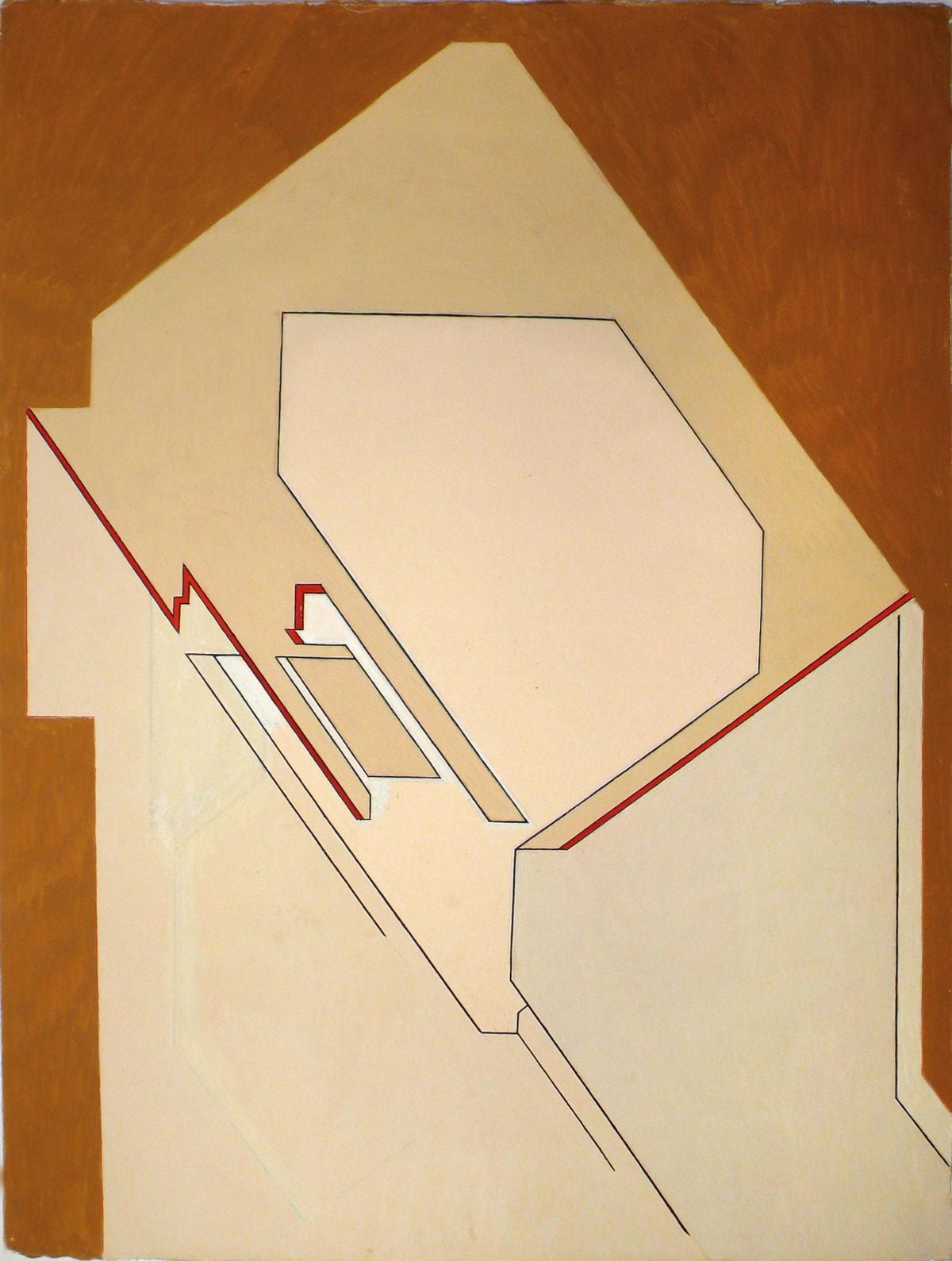

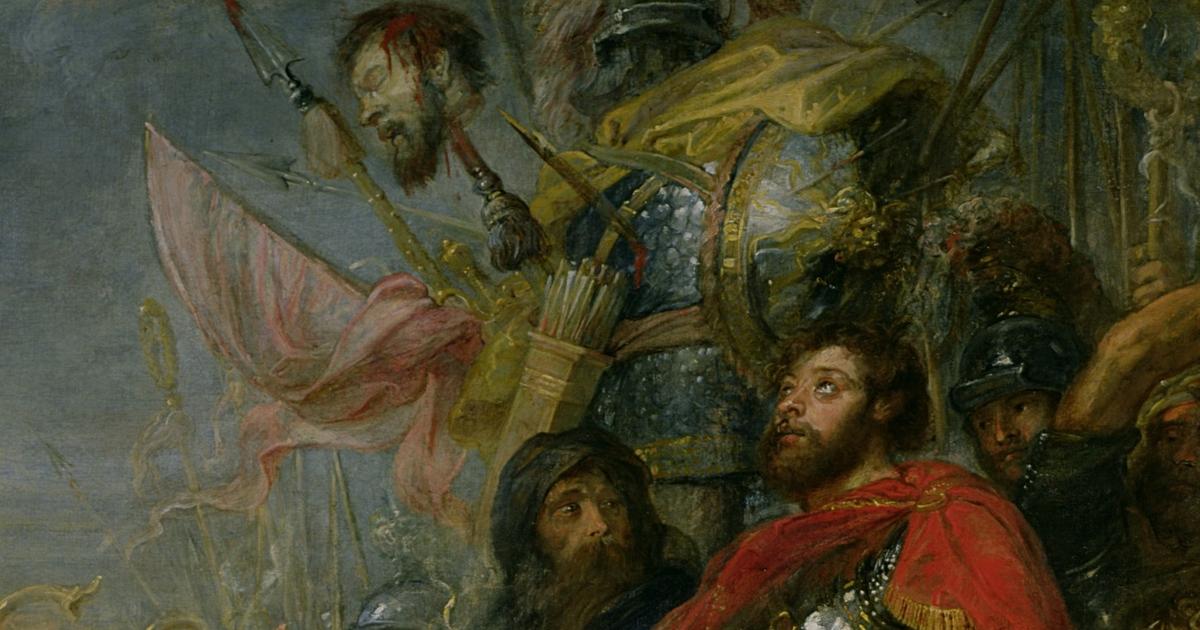
/cloudfront-eu-central-1.images.arcpublishing.com/prisa/IC7IDKD5UQ7Q4G26SYRHFWKJOQ.jpg)


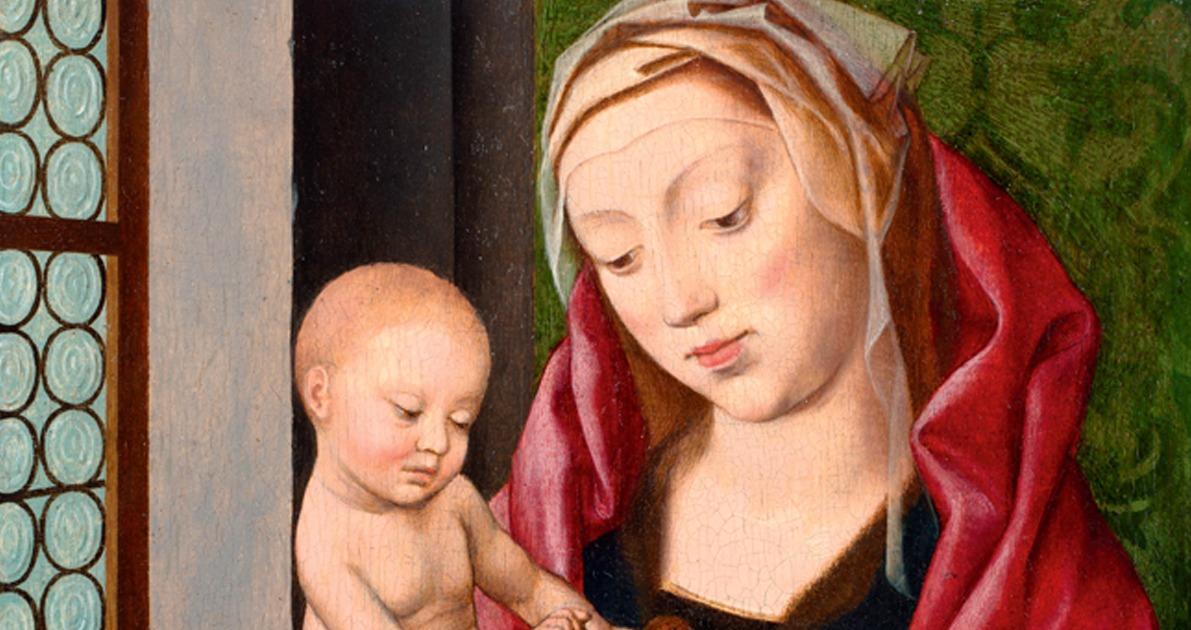
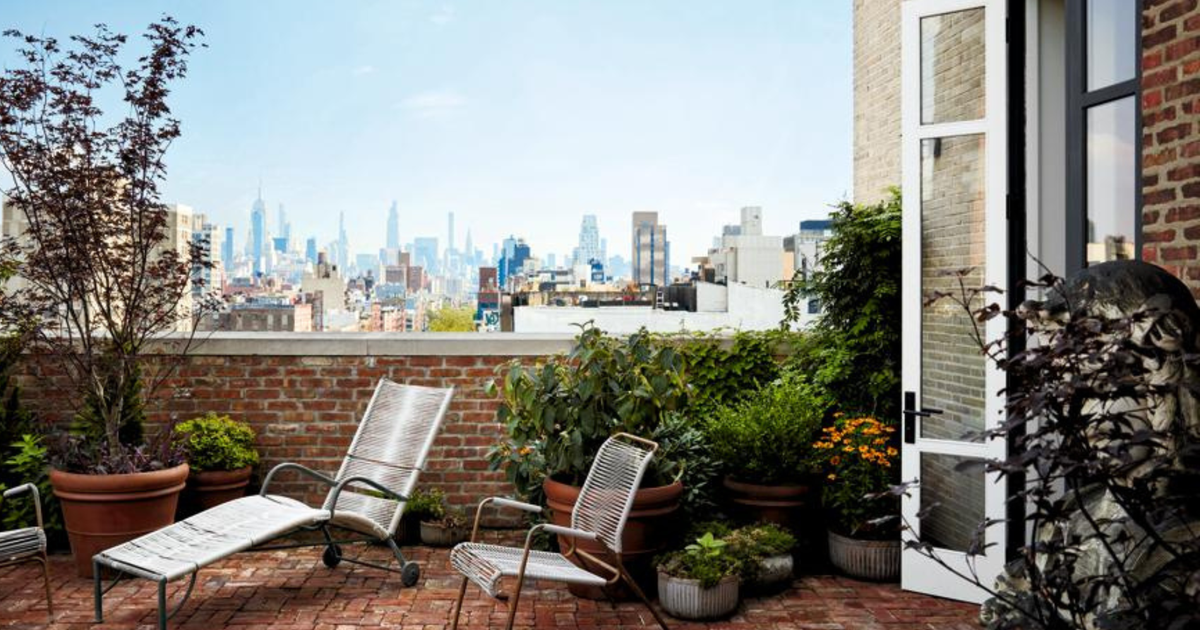
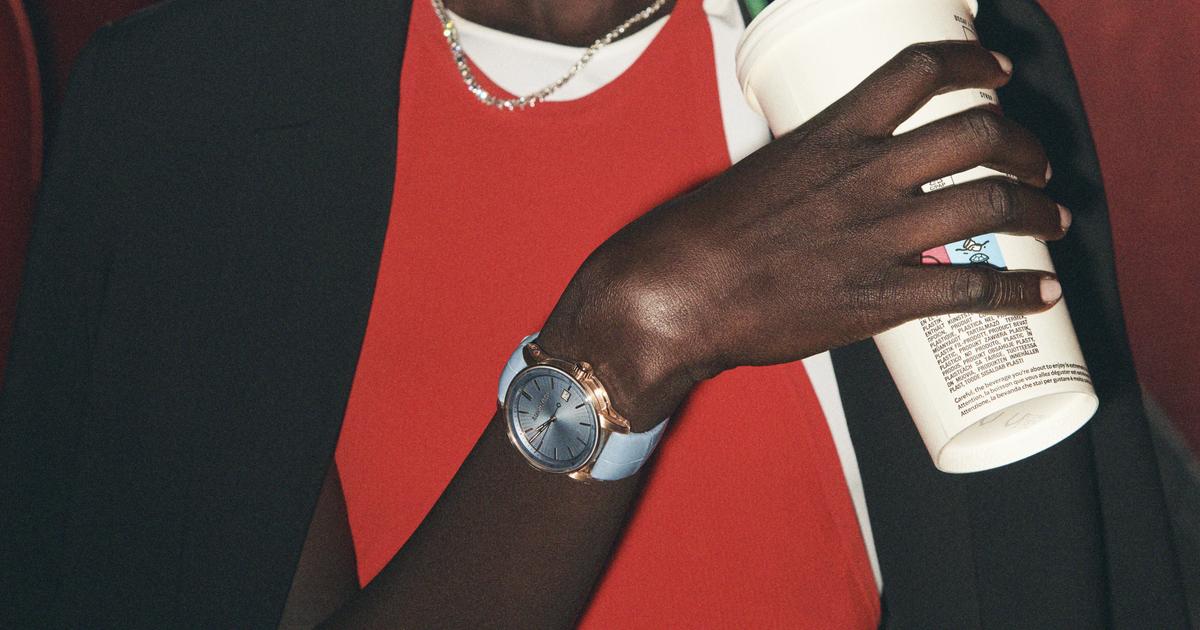
/cloudfront-eu-central-1.images.arcpublishing.com/prisa/2C5HI6YHNFHDLJSBNWHOIAS2AE.jpeg)




